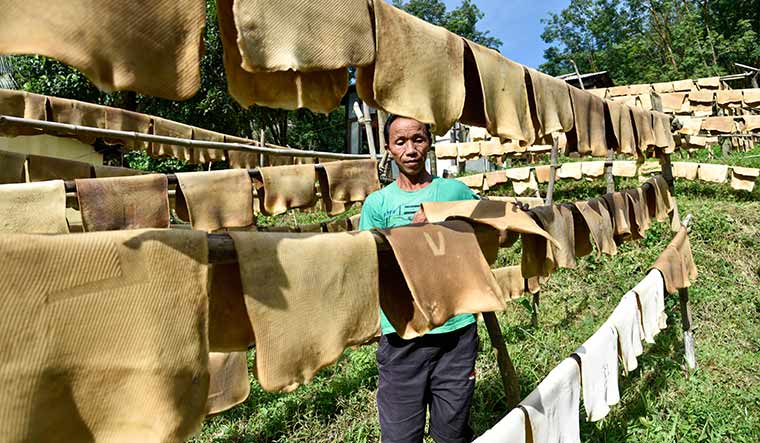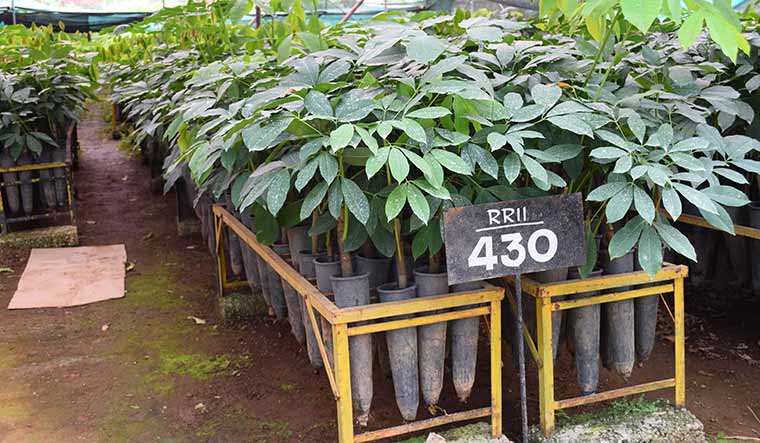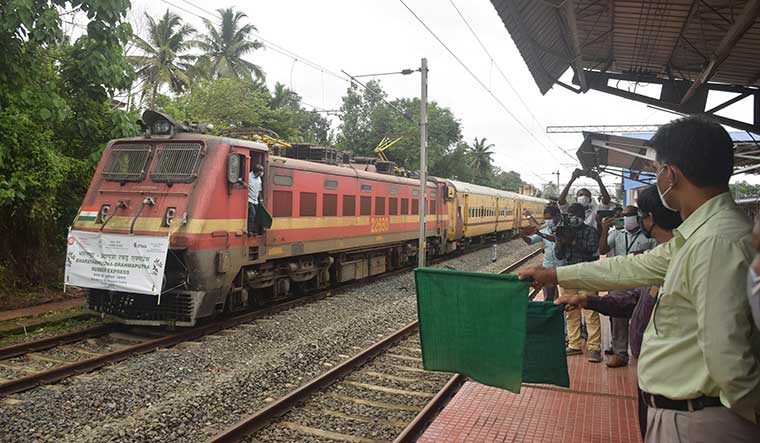In 2017, two companies partly owned by rubber farmers in rural Kerala exported sheets of natural rubber to a manufacturing company in São Paulo, Brazil’s commercial capital. In money terms, it was a low-value, low-volume deal―around 60 metric tonnes worth around Rs1 crore―but in terms of historical significance, it was rather big.
A bit of backstory first: Brazil is the home of rubber, because of which the tree that yields natural rubber is called Hevea brasiliensis. In the 19th century, the rubber tree grew only in the Amazon rainforest, which helped Brazil nearly monopolise the global rubber market. The British, ardent free-marketeers when faced with monopolies not their own, dispatched an explorer named Henry Wickham in the 1870s. Wickham collected around 70,000 rubber seeds from groves in Amazon and smuggled them to the Royal Botanical Garden in London. The ‘theft’ helped the British jump-start cultivation in colonies in Southeast Asia, effectively ending Brazil’s dominance. Within decades, cheap but good-quality rubber from fledgling Asian plantations finished off the Amazon wild rubber industry.
In short, the consignment from Kerala to São Paulo was sort of a homecoming. The deal also reflected the vagaries of the modern international commodity market―much like the Arabs who have to import sand from Europe and Australia (because wind-blown desert sand is too fine for construction), Brazilians have to occasionally depend on rubber farmers who are half a world away in Kerala.
This year marks the 120th anniversary of the first rubber plantation in India. In 1902, a group of enterprising Europeans―J.J. Murphy, J.A. Hunter, K.E. Nicoll and C.M.F. Ross―established a plantation called the Periyar Syndicate at Thattekkad in Kerala’s Ernakulam district. It was one of the earliest such ventures that was started soon after the rubber tree’s ‘migration’ out of South America, and it quickly expanded to include estates carved out of the virgin Western Ghats.
In the 1940s, when World War II drove a commodity boom, the area under rubber cultivation in Kerala soared. Driving conversions from forest to plantation were rubber evangelists―missionaries, royals, bureaucrats and journalists. Funds were raised, forests were cleared, local partnerships were formed, and estates were born. In most parts where the “tree that shed white blood” took root, entire communities prospered. A reason was that most of rubber plantations in India were, and still remain, smallholdings that created a mutually beneficial network of growers, tappers, processors, dealers and manufacturers. (In Brazil, on the other hand, most of the benefits of the Amazon rubber boom were reaped by “rubber barons” who controlled captive labour and numerous wild groves.)
To maintain the momentum in rubber cultivation even after independence, Parliament passed an act to form the Rubber Board, which was headquartered in the heart of the Indian rubber boom, Kottayam. The idea was to promote systematic and scientific cultivation. In the subsequent decades, production grew so steadily that India is currently the world’s fifth largest producer of natural rubber, after Thailand, Indonesia, Vietnam and China. Within India, Kerala accounts for more than 70 per cent of the output, with takers even in South America.
History aside, the rubber industry in India is at a crossroads. India does not produce as much rubber as it needs―the deficit is more than four lakh tonnes, nearly a third of the total consumption in the country. Synthetic rubber, which cannot wholly replace natural rubber, may not be the answer. Relying on imports, too, is not economically sustainable. The only viable solution is to drastically expand the area under cultivation.
The question is, is there space for expansion? “Today, Kerala is almost fully saturated, so the next best bet is the northeast,” said K.N. Raghavan, executive director, Rubber Board. “There is Tripura, where we have done a fairly good job. There is space in Assam and other northeastern states as well. The plan is to spread cultivation to another two lakh hectares in five years.”
To describe the plan as ambitious would be an understatement. Even Tripura, India’s second largest rubber producer that recorded a speedy expansion in area of cultivation, could manage only 86,000 hectares since starting out in the 1960s. Two lakh hectares in five years could be an improbable target, but achieving even a fraction of it could revolutionise the economies of the seven northeastern states.
The Rs1,000-crore project, conceived by the Rubber Board and backed by the Automotive Tyre Manufacturers Association (and, therefore, named the Northeast Mission of Tyre Industry for Rubber Augmentation, or NE-MITRA), involves widespread planting of a cold-resistant rubber clone specially developed for the northeast. (India has also become the first country in the world to develop a genetically modified rubber plant. The GM rubber, which has been planted in a Rubber Board research farm near Guwahati, will be in the field-trial stage for the next seven years.)
“The northeast project began in 2021,” said Raghavan. “The first year, we planted around 3,860 hectares; this year, around 23,369 hectares―so more than 27,000 hectares in two years. We have around 50 field offices in the region to help the resourceful farmers there. We are not just growing rubber; we are also helping the socioeconomic upward movement of the whole region.”
In the past two years, a whopping 51 lakh rubber saplings from nurseries in Kerala have been transported by rail to all northeastern states. The hope is that the new plantations will not just create an economic miracle, but result in the social uplift of communities as well. The overarching objective is to replicate the experience in Tripura, where the rubber boom of the past three decades has helped curb insurgency. The rapid rise in the area of cultivation has resulted in scores of militants taking up farming and related activities. According to the state government, there are around 60,000 rubber cultivators in Tripura now―a far cry from the early years when Rubber Board executives tasked with helping farmers lived in fear of being kidnapped by militants.
Another peripheral, but nevertheless ambitious, aim of NE-MITRA is to help India occupy a prominent place in the global rubber pricing system. Currently, it is Singapore, which produces very little natural rubber but has traditionally been a rubber trading hub, that plays a major role in determining international prices. The Rubber Board recently started an electronic trading platform that apparently makes physical trading easy, transparent and fast.
“If it gains some momentum, then in future we can incorporate some amount of futures [trading] also,” said Raghavan. “Then it will be properly controlled. If we do succeed in that, probably we would be in a position to determine international prices some time in the future.”





